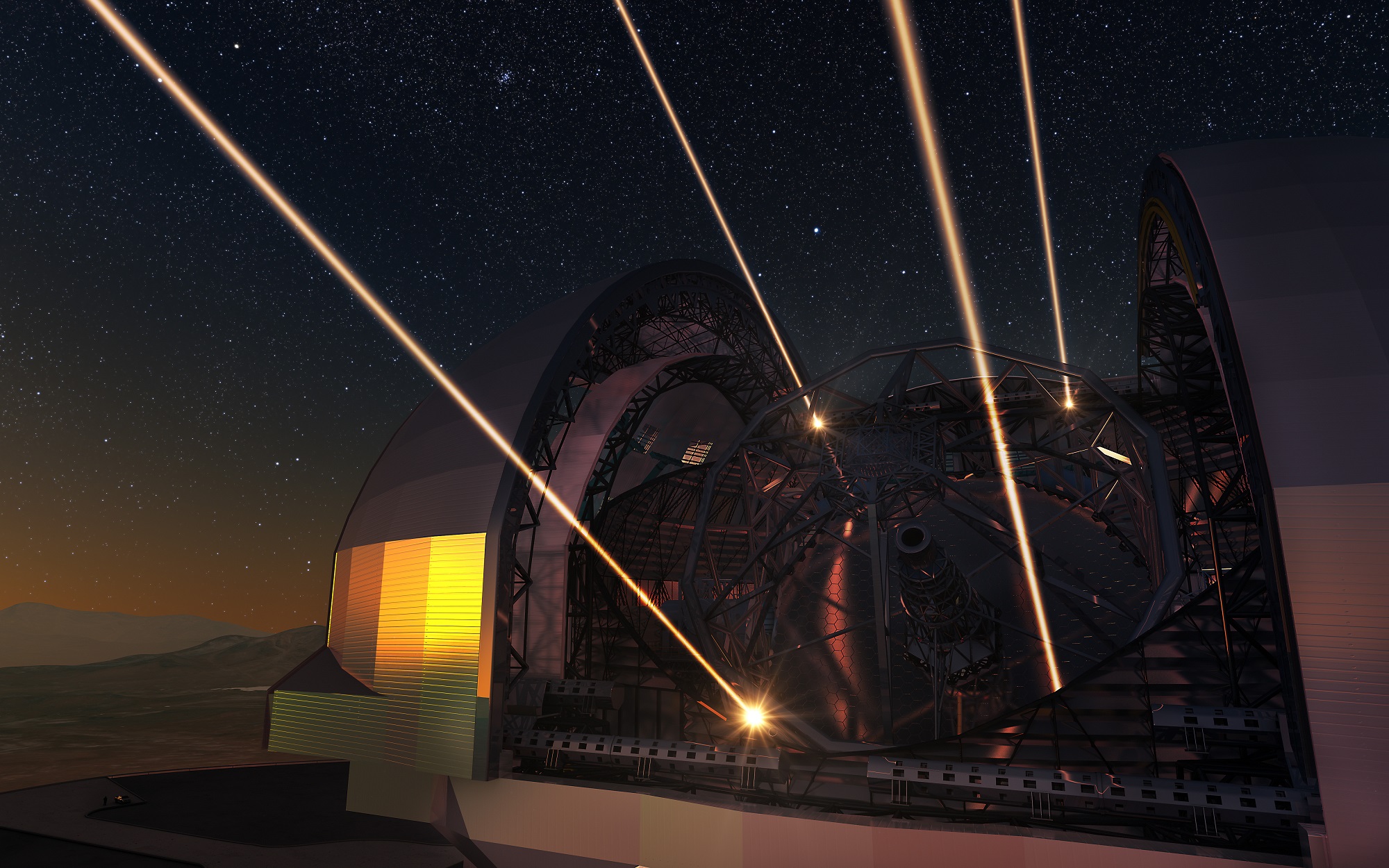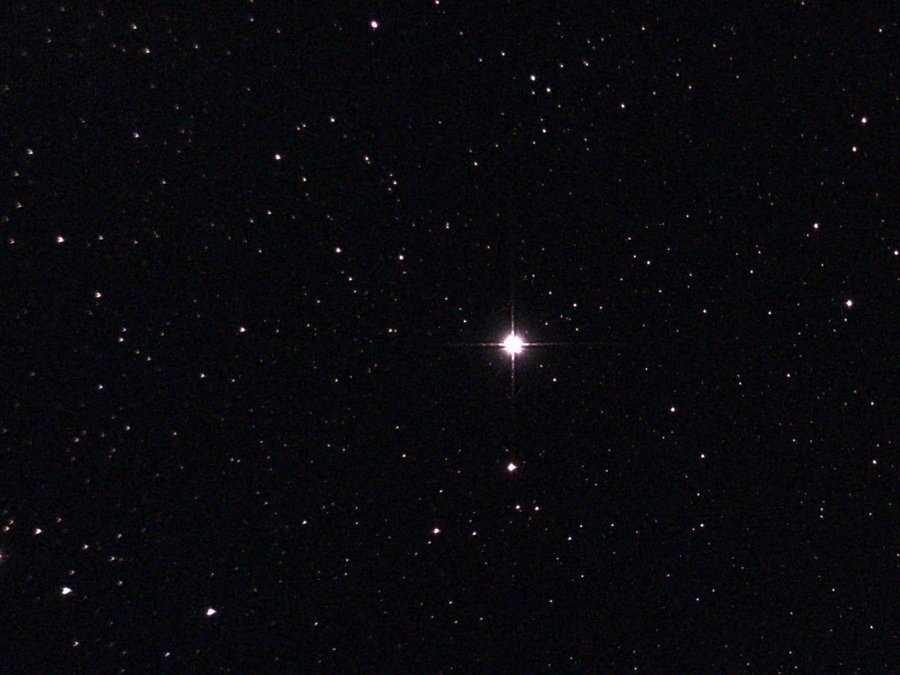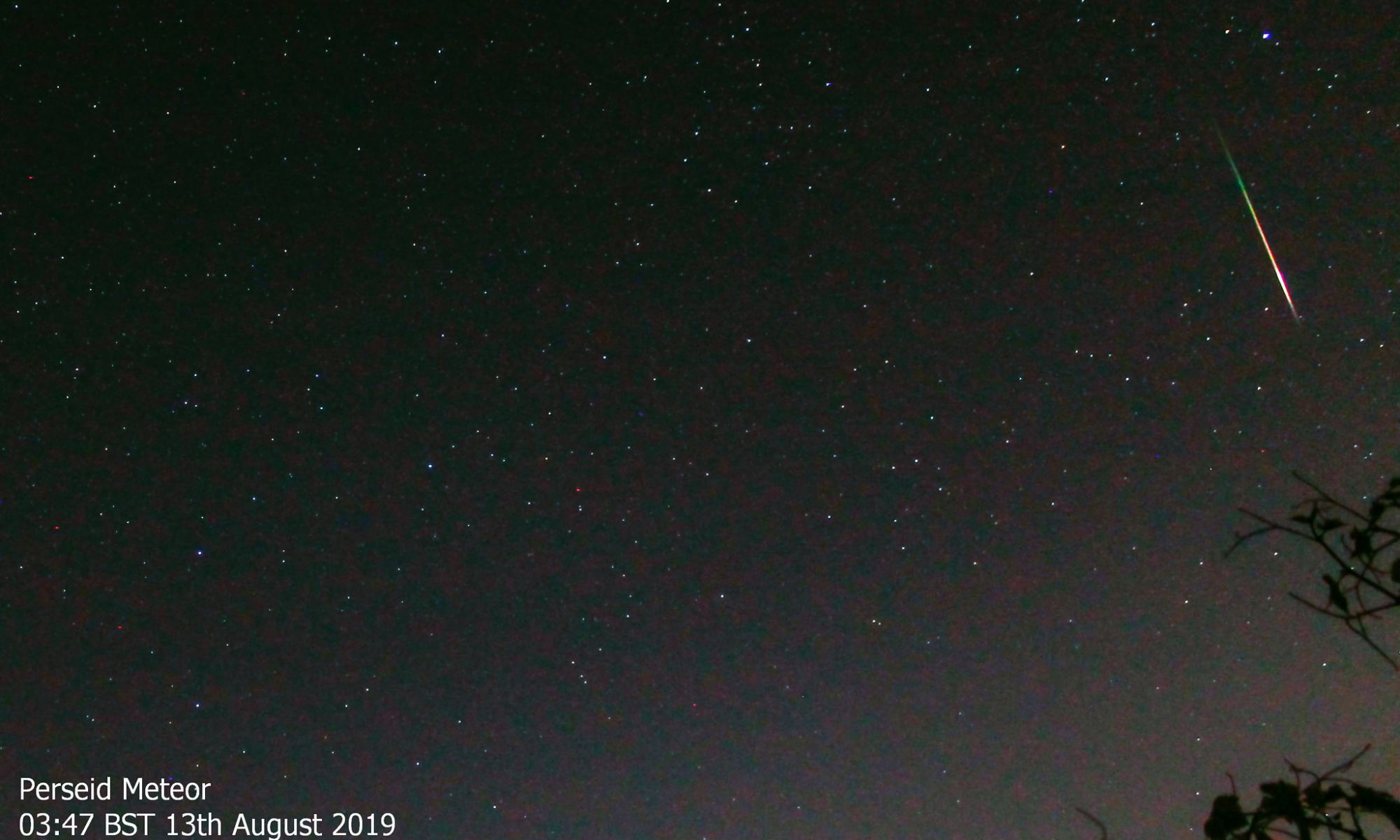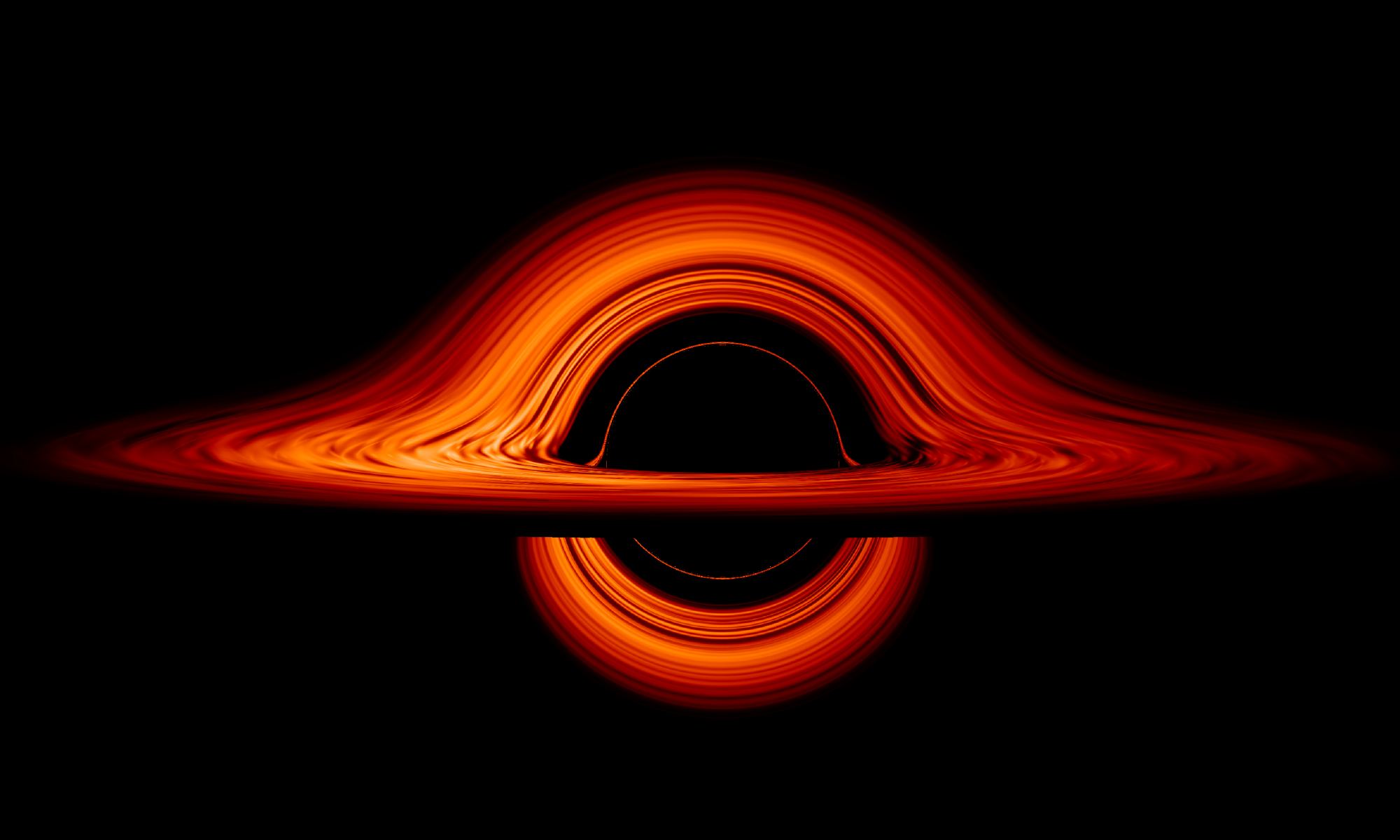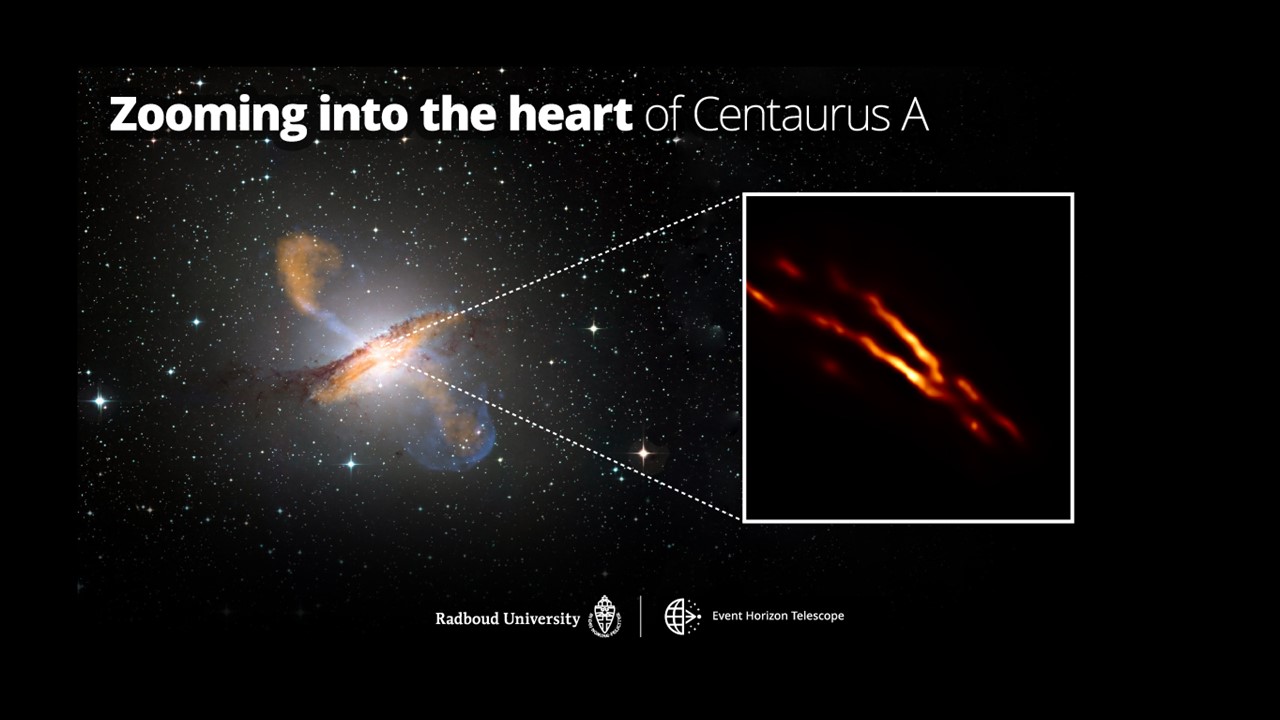In this series we are exploring the weird and wonderful world of astronomy jargon! Adjust your eyeglasses to read about today’s topic: adaptive optics!
Continue reading “Astronomy Jargon 101: Adaptive Optics”Astronomy Jargon 101: Astronomical Unit
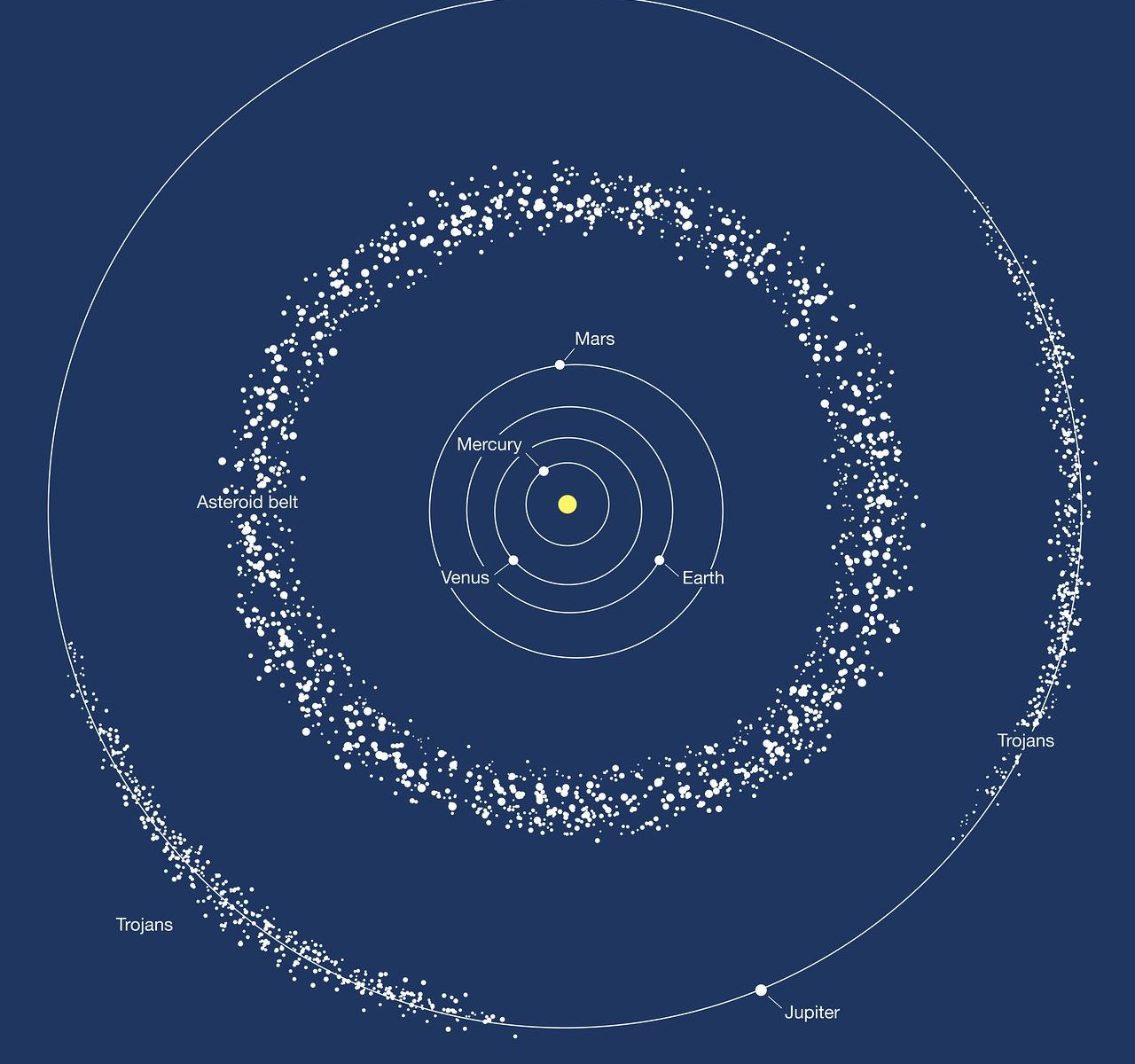
In this series we are exploring the weird and wonderful world of astronomy jargon! It’s easy to measure your interest in today’s topic: the astronomical unit!
Continue reading “Astronomy Jargon 101: Astronomical Unit”Skywatcher’s Delight: Nova RS Ophiuchi in Outburst and Comet O1 Nishimura
The Perseids, a rare eruption of nova RS Ophiuchi and a challenging dawn comet round out an amazing week of skywatching.
It couldn’t have happened at a better time. While we’re all gearing up for the peak of the Perseid meteors this New Moon week on August 12th, two more astronomical events have given us a reason to step outside on warm August nights: the eruption of recurrent nova RS Ophiuchi, and the brief appearance of comet C/2021 O1 Nishimura.
Continue reading “Skywatcher’s Delight: Nova RS Ophiuchi in Outburst and Comet O1 Nishimura”Astronomy Jargon 101: Parallax
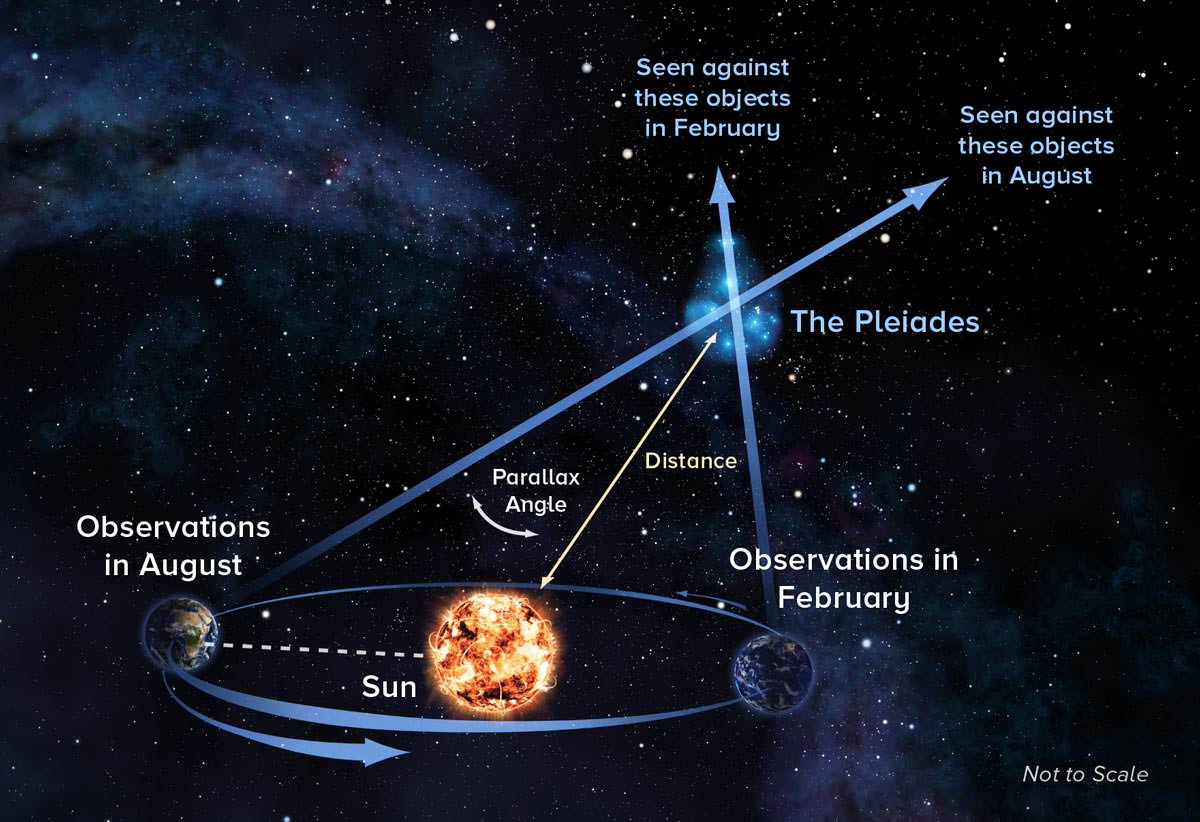
In this series we are exploring the weird and wonderful world of astronomy jargon! You probably don’t know how close you are to today’s topic: parallax!
Continue reading “Astronomy Jargon 101: Parallax”Light Pollution is Making it Harder for Animals to Find Their Way at Night
Ah, the majestic dung beetle. The pinnacle of evolution. In all seriousness, these little critters are incredibly sophisticated navigators who have, for millennia, used the night sky to guide them about their business. But light pollution is making their lives more difficult by limiting their ability to navigate by the stars. Other nocturnal creatures, including some birds and moths, may be facing similar challenges.
Continue reading “Light Pollution is Making it Harder for Animals to Find Their Way at Night”The Tears of the Hero: Get Ready for the 2021 Perseid Meteors
A sure-fire summer shower, the Perseid meteors are set to put on a spectacular show this year.
It’s one of my fondest astronomical observing memories of childhood. Growing up in Northern Maine, it was a family tradition to set the lawn chairs out on warm mid-August nights, and watch with my mom and brother as the Perseid meteors slid silently through the inky black sky.
Continue reading “The Tears of the Hero: Get Ready for the 2021 Perseid Meteors”Astronomy and Geophysics is Rife With Bullying and Harassment

It’s a common reassurance made by adults to teens and adolescents who constantly face the threat of violence, cyberbullying, and ostracism: “It gets better.” Once you graduate, once you grow up and join the workforce, all the mistreatment and abuse will cease and people will appreciate you for who you are. All the hard work and perseverance you’ve shown over these many years will finally pay off.
Unfortunately, this is not always the case, and even the STEM fields are not immune. This was the conclusion reached by the Royal Astronomical Society (RAS) based on a recent survey of 650 astronomers and geophysicists. What they found was that in 44% of cases, respondents reported bullying and harassment in the workplace during the preceding year, which was disproportionately high for women and minorities.
Continue reading “Astronomy and Geophysics is Rife With Bullying and Harassment”A Black Hole Emitted a Flare Away From us, but its Intense Gravity Redirected the Blast Back in our Direction
In 1916, Albert Einstein put the finishing touches on his Theory of General Relativity, a journey that began in 1905 with his attempts to reconcile Newton’s own theories of gravitation with the laws of electromagnetism. Once complete, Einstein’s theory provided a unified description of gravity as a geometric property of the cosmos, where massive objects alter the curvature of spacetime, affecting everything around them.
What’s more, Einstein’s field equations predicted the existence of black holes, objects so massive that even light cannot escape their surfaces. GR also predicts that black holes will bend light in their vicinity, an effect that can be used by astronomers to observe more distant objects. Relying on this technique, an international team of scientists made an unprecedented feat by observing light caused by an X-ray flare that took place behind a black hole.
Continue reading “A Black Hole Emitted a Flare Away From us, but its Intense Gravity Redirected the Blast Back in our Direction”Bad News. Those Underground Lakes on Mars? They’re Probably Just Frozen Clay
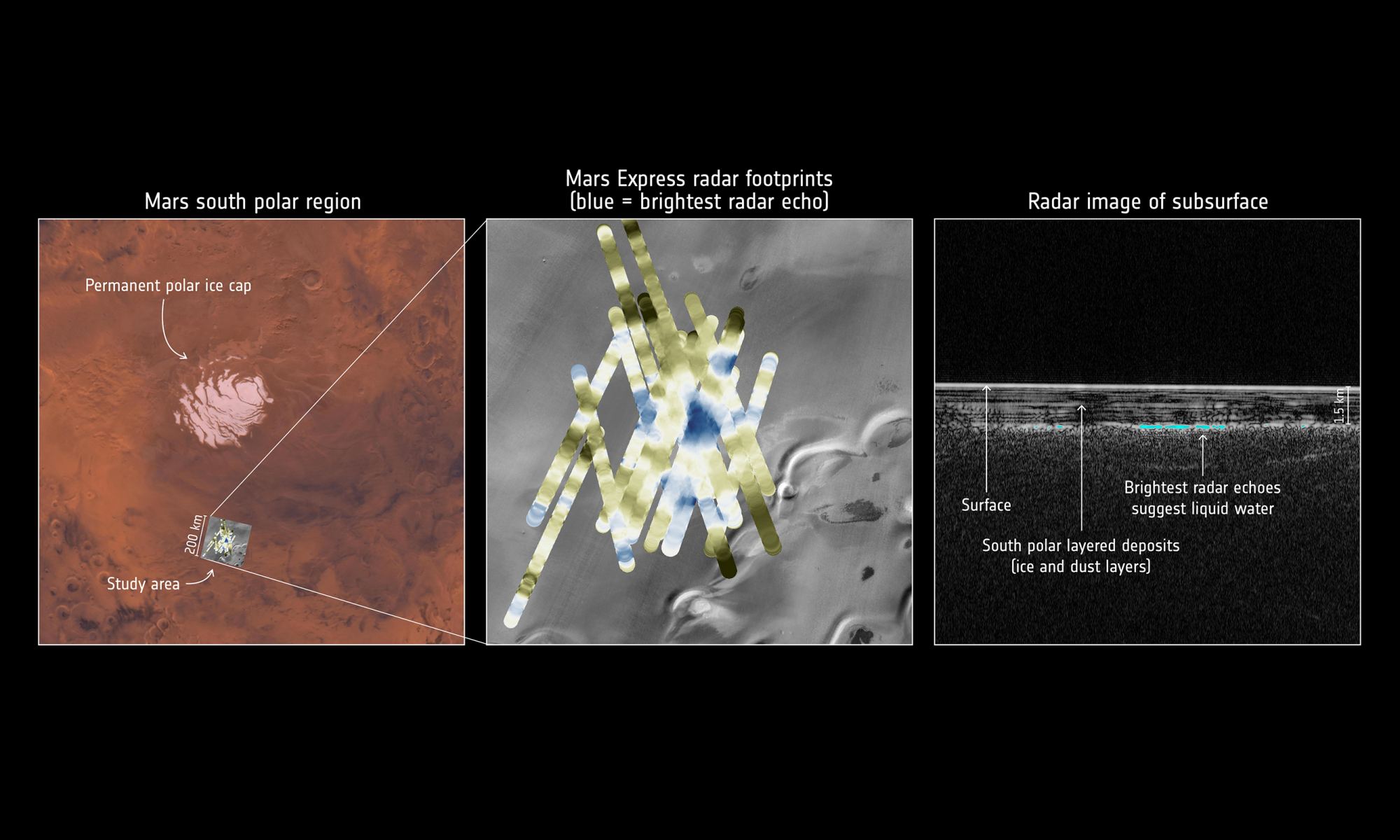
If you were planning an ice-fishing trip to the Martian south pole and its sub-surface lakes observed by radar in 2018, don’t pack your parka or ice auger just yet. In a research letter published earlier this month in Geophysical Research Letters by I.B. Smith et al., it seems that the Martian lakes may be nothing more smectite, that is, a kind of clay. Should the findings of the paper, titled A Solid Interpretation of Bright Radar Reflectors Under the Mars South Polar Ice (a solid title if you ask me), turn out to be correct, it would be a significant setback for those hoping to find life on the red planet. So why were these supposed lakes so critical for the search for life on Mars? How were they discovered in the first place? Why have our dreams of Martian ice-fishing turned to dust (or, more correctly, clay)?
Continue reading “Bad News. Those Underground Lakes on Mars? They’re Probably Just Frozen Clay”The Event Horizon Telescope Zooms in on Another Supermassive Black Hole
On April 10th, 2019, the world was treated to the first image of a black hole, courtesy of the Event Horizon Telescope (EHT). Specifically, the image was of the Supermassive Black Hole (SMBH) at the center of the supergiant elliptical galaxy known as M87 (aka. Virgo A). These powerful forces of nature are found at the centers of most massive galaxies, which include the Milky Way (where the SMBH known as Sagittarius A* is located).
Using a technique known as Very-Long-Baseline Interferometry (VLBI), this image signaled the birth of a new era for astronomers, where they can finally conduct detailed studies of these powerful forces of nature. Thanks to research performed by the EHT Collaboration team during a six-hour observation period in 2017, astronomers are now being treated to images of the core region of Centaurus A and the radio jet emanating from it.
Continue reading “The Event Horizon Telescope Zooms in on Another Supermassive Black Hole”
